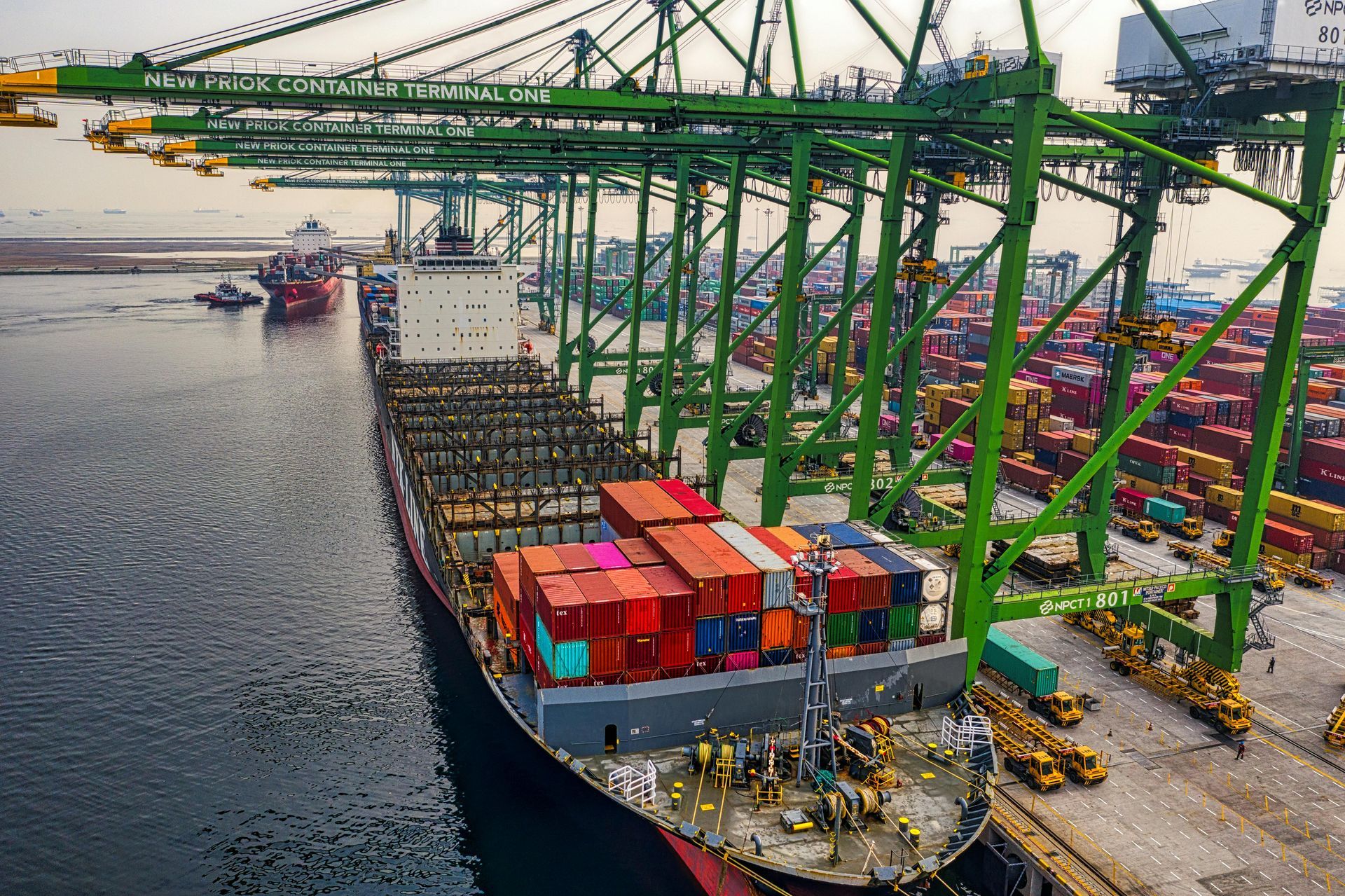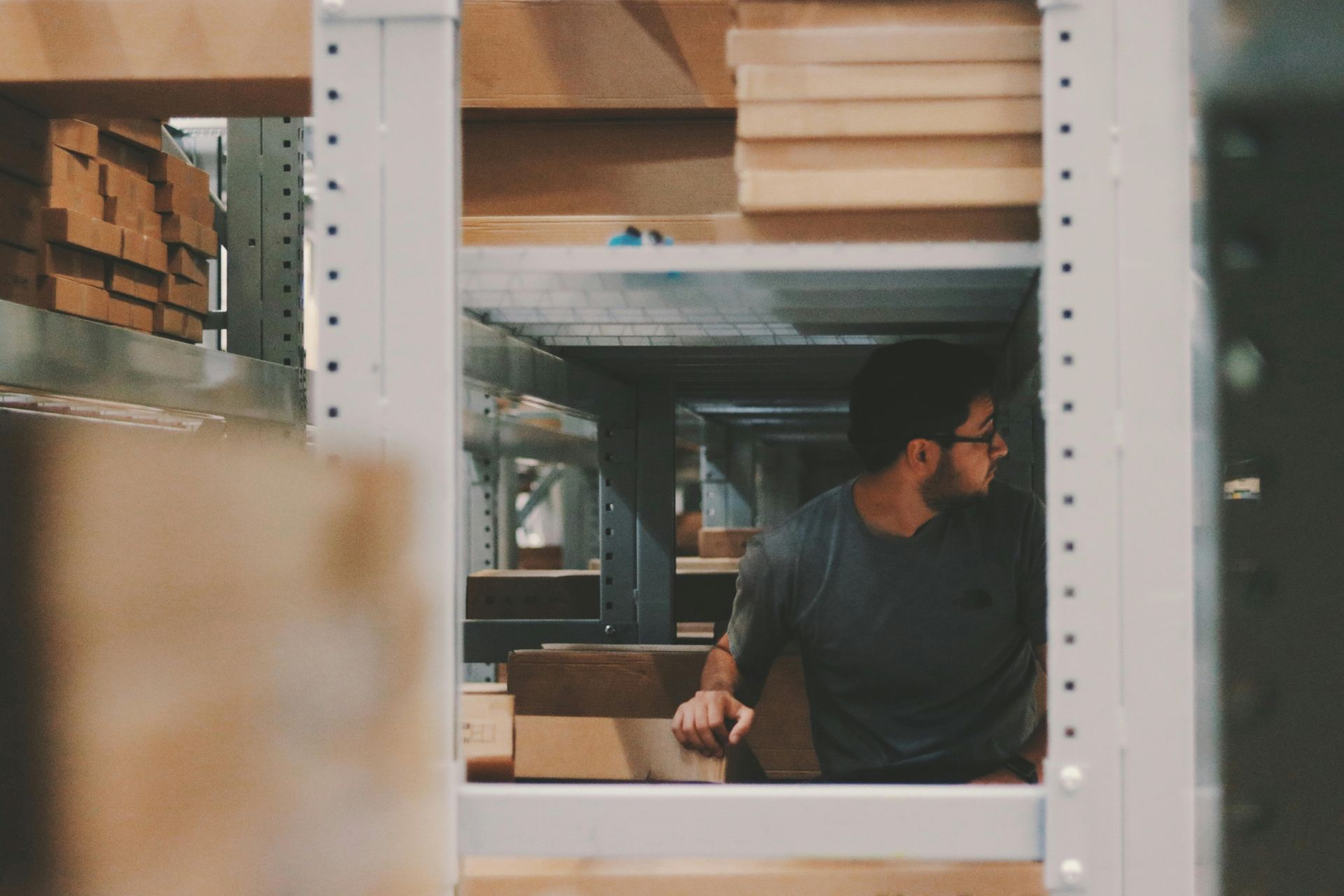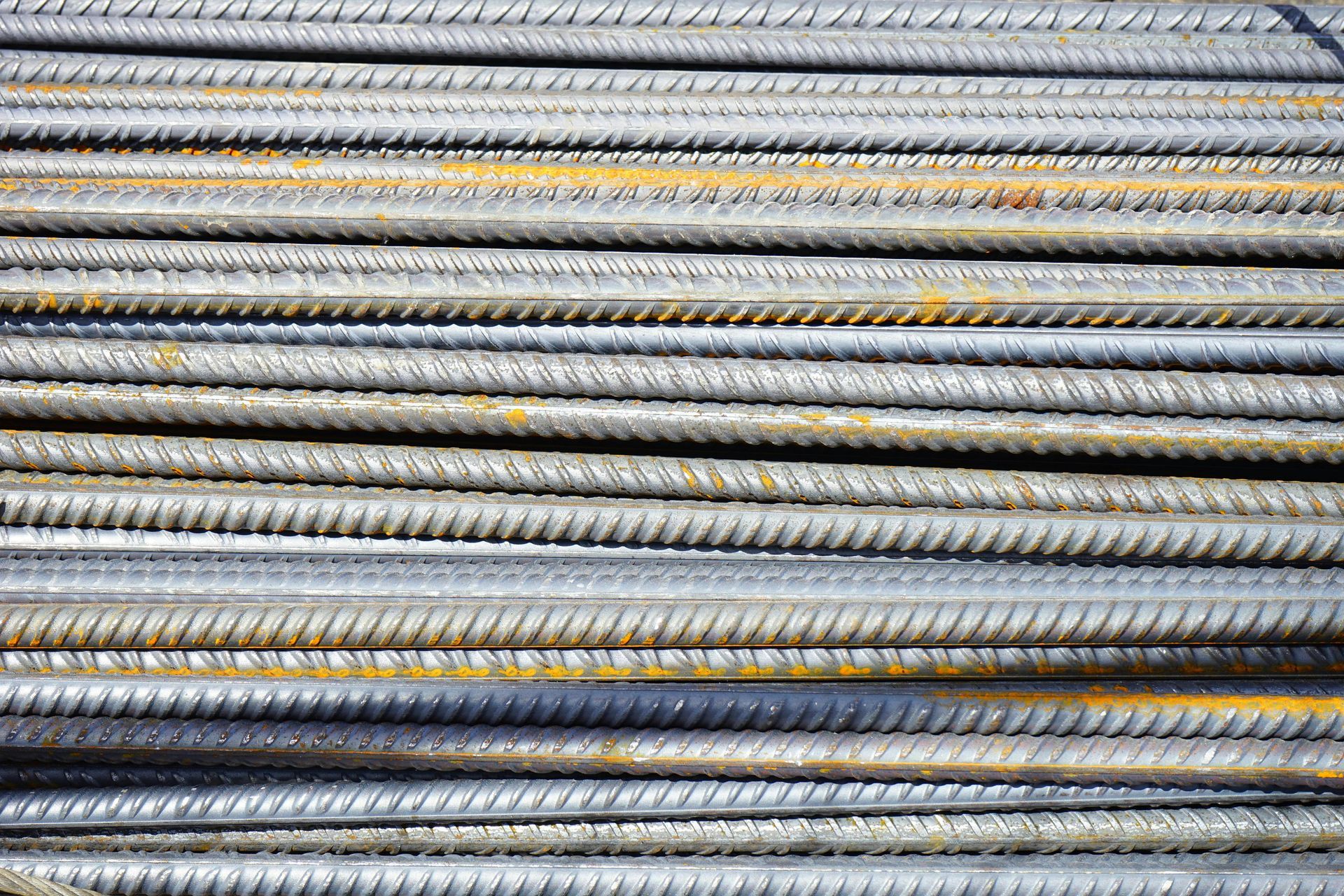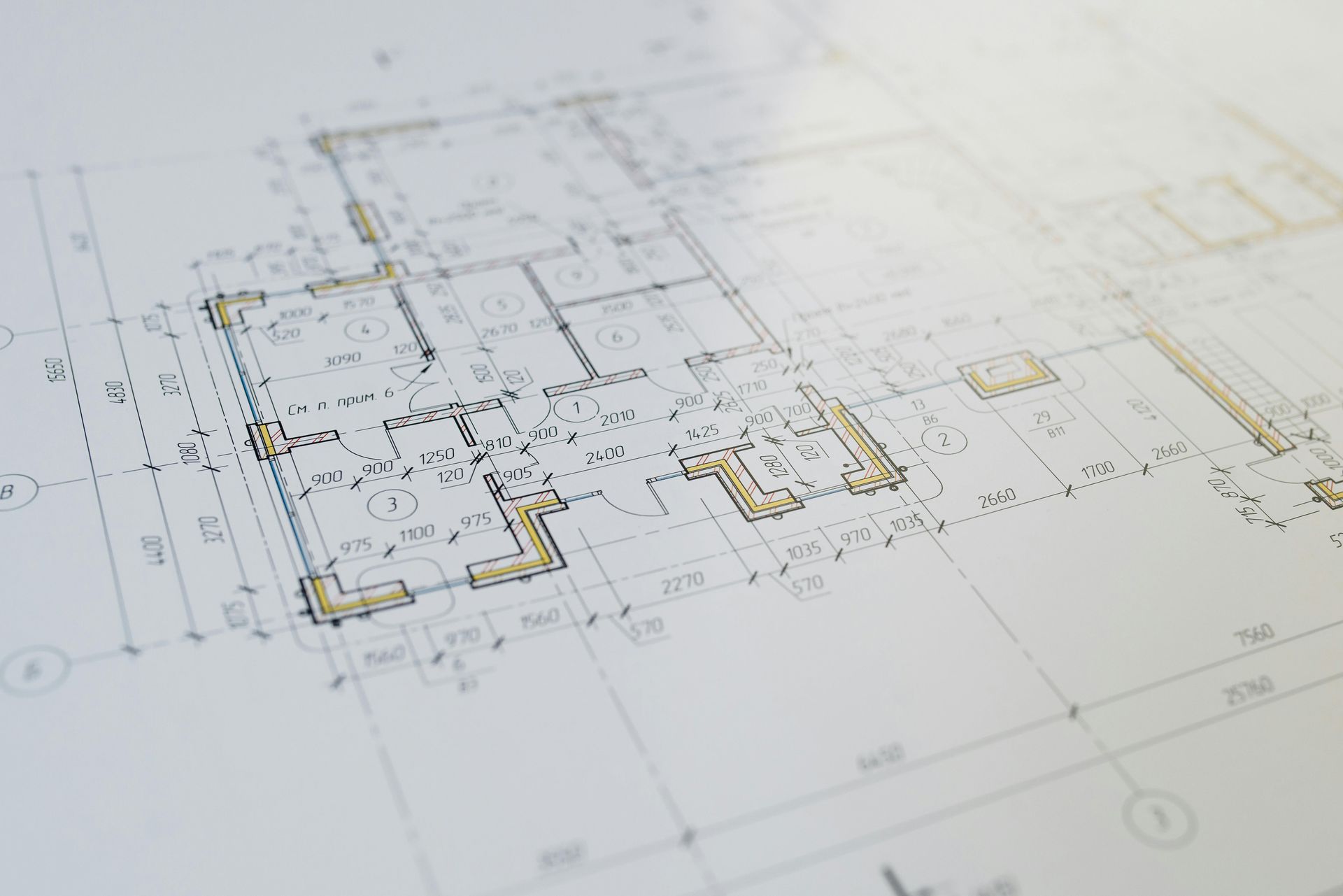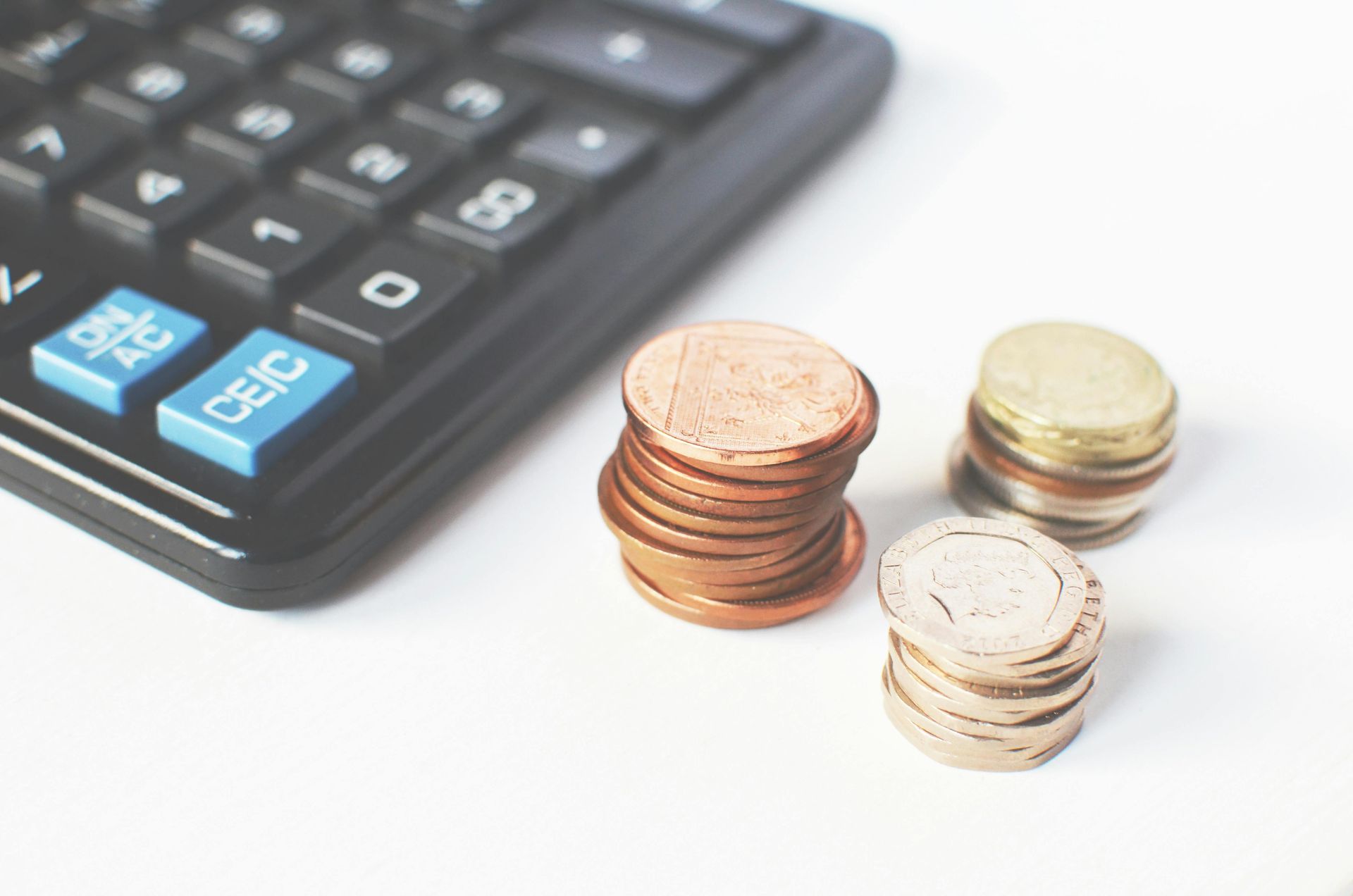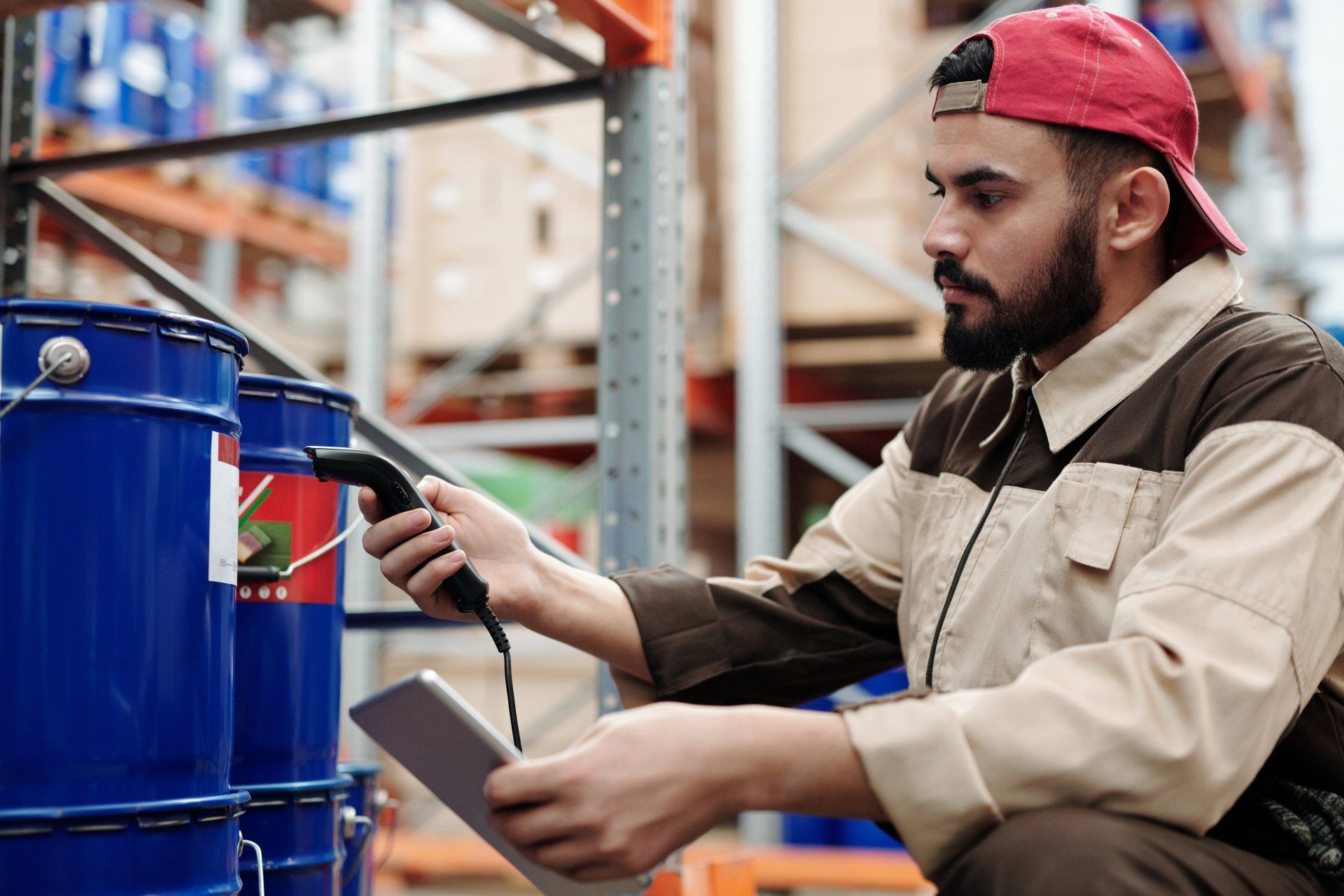Affordable Housing in MDUs: Strategies for Balancing Cost and Quality
As urban populations continue to grow, the need for affordable housing has become a critical concern in many cities. Multiple Dwelling Units (MDUs) are uniquely positioned to address this issue by providing cost-effective living solutions that cater to diverse income levels. However, creating affordable housing in MDUs requires a careful balance between keeping costs low and ensuring quality, comfort, and community for residents. Developers must employ creative and strategic approaches to ensure that affordability does not come at the expense of quality of life.
In this blog post, we will explore key strategies for developing affordable housing in MDUs, focusing on how to reduce costs without compromising on quality, how to integrate amenities that improve residents' lives, and how to create a sense of community while maintaining affordability. By adopting innovative design approaches, leveraging public-private partnerships, and utilizing sustainable building practices, MDUs can play an important role in making urban living more accessible for everyone.
Efficient Building Design for Cost Reduction
One of the most effective ways to keep housing affordable in MDUs is by adopting efficient building design that reduces construction and operational costs. Streamlined construction practices, along with smart material choices, can lead to significant savings that are ultimately passed on to residents. Efficient design not only reduces initial expenses but also minimizes ongoing maintenance and operational costs.
- Modular Construction: Modular construction involves building units in a factory setting before assembling them on-site. This method can help reduce construction time and costs by taking advantage of economies of scale and minimizing waste. Modular construction also allows for more consistent quality control, ensuring that units are both cost-effective and well-built. In addition, modular construction offers flexibility, allowing developers to easily scale up projects based on demand.
- Compact and Functional Floor Plans: Designing smaller, more efficient floor plans can help lower construction and rental costs without sacrificing comfort. Thoughtful layouts that maximize the use of space, such as open-concept living areas and built-in storage solutions, make it possible to create functional and comfortable units while keeping costs in check. By integrating multi-functional furniture, such as fold-out beds or expandable tables, residents can make the most of limited space without feeling cramped.
- Energy-Efficient Design: Incorporating energy-efficient design features, such as high-quality insulation, energy-efficient windows, and LED lighting, can reduce the building's energy consumption and help lower utility costs for residents. By designing buildings that are energy-efficient from the start, developers can create affordable housing that remains cost-effective for residents in the long term. Energy efficiency not only reduces monthly bills for residents but also contributes to the overall sustainability of the building, making it an attractive option for environmentally conscious tenants.
Leveraging Public-Private Partnerships
Public-private partnerships (PPPs) are a key tool for developing affordable housing in MDUs. By working together, government entities and private developers can create housing projects that are financially viable while meeting the needs of lower-income residents. Collaborative efforts between the public and private sectors can lead to innovative solutions that benefit both residents and developers.
- Government Incentives and Subsidies: Many local governments offer incentives, such as tax credits, grants, or reduced land costs, to encourage the development of affordable housing. By leveraging these incentives, developers can offset some of the costs of construction and pass the savings on to residents. Programs like the Low-Income Housing Tax Credit (LIHTC) can provide crucial financial support for affordable MDU projects. Government subsidies can also help fund the inclusion of essential amenities that enhance residents' quality of life.
- Mixed-Income Developments: Mixed-income developments combine affordable units with market-rate units within the same building. This approach helps create financially sustainable projects while fostering diverse communities where residents from different income levels can live together. By using revenue from market-rate units to subsidize affordable units, developers can maintain financial viability while providing affordable housing options. Mixed-income developments also promote social integration, helping to break down barriers between residents of different economic backgrounds.
- Community Land Trusts (CLTs): Community Land Trusts are nonprofit organizations that acquire and hold land for the purpose of providing affordable housing. By separating the ownership of land from the ownership of buildings, CLTs help keep housing costs lower and ensure long-term affordability for residents. Developers can partner with CLTs to create MDUs that remain affordable for generations to come. CLTs also play a crucial role in preventing the displacement of long-term residents by maintaining affordability in the face of rising property values.
Access to Essential Amenities
Affordable housing in MDUs doesn't have to mean sacrificing access to essential amenities. By carefully selecting and integrating amenities that improve residents' quality of life, developers can create affordable housing that is both attractive and livable. The inclusion of thoughtfully designed amenities helps ensure that residents enjoy a comfortable and well-rounded living experience.
- Shared Common Areas: Shared common areas, such as community rooms, outdoor courtyards, and co-working spaces, provide residents with valuable amenities that enhance their living experience without significantly increasing costs. By focusing on shared amenities rather than individual luxury features, developers can create a sense of community while keeping housing affordable. These shared spaces also foster social interaction, helping residents build relationships and feel more connected to their community.
- Multi-Use Spaces: Multi-use spaces that can be adapted for different activities, such as fitness classes, social events, or educational workshops, offer residents access to a variety of amenities without requiring significant additional costs. Flexible spaces that serve multiple functions help create a well-rounded living environment without burdening residents with high fees. For example, a community room that serves as a yoga studio in the morning and a meeting space in the evening ensures that residents can enjoy diverse activities without the need for multiple dedicated rooms.
- Access to Public Transit: Locating MDUs near public transit options is a key factor in making housing affordable for residents. Proximity to bus stops, subway stations, or bike-sharing programs can reduce residents' transportation costs and make it easier for them to access jobs, schools, and other essential services. Developers should prioritize transit-oriented development to ensure that affordable housing is accessible in every sense of the word. Reduced reliance on personal vehicles also contributes to environmental sustainability and lowers the overall cost of living for residents.
Community Engagement and Resident Involvement
Creating a sense of community is an essential aspect of affordable housing in MDUs. By fostering a sense of belonging and encouraging residents to take an active role in their community, MDUs can provide a positive living environment that goes beyond just affordability. Community engagement not only enhances residents' quality of life but also contributes to the long-term success and stability of the housing development.
- Resident Committees: Establishing resident committees can empower residents to have a say in the management and upkeep of their building. By giving residents a voice in decision-making, MDUs can create a sense of ownership and pride in the community, which ultimately contributes to a better living experience for everyone. Resident committees can also help identify and address issues more efficiently, ensuring that the building remains well-maintained and responsive to residents' needs.
- Community Events: Hosting community events, such as potluck dinners, movie nights, or skill-sharing workshops, can help residents connect with one another and build meaningful relationships. A strong sense of community can make affordable housing more appealing and create a supportive environment where residents feel valued and included. Regular social events also provide opportunities for residents to learn new skills, celebrate cultural traditions, and develop a sense of camaraderie with their neighbors.
- Partnerships with Local Organizations: Partnering with local nonprofits and community organizations can provide residents with access to valuable resources, such as job training, financial counseling, or educational programs. These partnerships can help residents improve their quality of life and achieve greater economic stability, ultimately contributing to the success of affordable housing initiatives. By collaborating with local organizations, developers can ensure that residents have access to a wide range of supportive services that empower them to thrive.
Sustainable and Cost-Effective Solutions
Sustainability is an important consideration in the development of affordable housing. By incorporating sustainable and cost-effective solutions, MDUs can reduce their environmental impact while keeping operational costs low for residents. Sustainable practices not only contribute to the health of the planet but also help ensure that affordable housing remains economically viable for the long term.
- Energy-Efficient Appliances: Installing energy-efficient appliances, such as refrigerators, dishwashers, and washing machines, can help reduce utility costs for residents. These appliances use less energy and water, making them both environmentally friendly and cost-effective. Energy-efficient appliances are a long-term investment that pays off in reduced utility bills and lower maintenance costs over time.
- Solar Power and Renewable Energy: Integrating renewable energy sources, such as solar panels, can help reduce the building's reliance on grid electricity and lower energy costs for residents. Solar power is a sustainable and cost-effective solution that can contribute to the long-term affordability of MDUs. By harnessing renewable energy, developers can create housing that is both eco-friendly and economically advantageous for residents.
- Water Conservation: Implementing water-saving fixtures, such as low-flow faucets and dual-flush toilets, can help reduce water consumption and lower utility bills for residents. Water-efficient landscaping, such as xeriscaping, can also minimize the need for irrigation, further reducing costs. By prioritizing water conservation, developers can create housing that is both environmentally responsible and affordable for residents.
Making Affordable Housing a Reality in MDUs
Affordable housing in MDUs is about more than just keeping rents low—it's about creating a living environment that supports residents' quality of life, fosters a sense of community, and provides access to essential amenities. By adopting efficient building practices, leveraging public-private partnerships, integrating essential amenities, and promoting sustainability, MDUs can provide affordable housing that meets the needs of modern urban residents.
Balancing cost and quality is no easy task, but with thoughtful design and a commitment to community, MDUs can play a vital role in addressing the affordable housing crisis. By creating well-designed, cost-effective, and community-focused housing, developers can help ensure that everyone has access to a comfortable and dignified place to call home, regardless of their income level.
As the demand for affordable urban housing continues to grow, MDUs that prioritize affordability, community, and sustainability will be well-positioned to make a meaningful impact in cities around the world. Together, we can create a future where affordable housing is accessible to all, and where urban living is inclusive, supportive, and enriching for everyone. By embracing innovation, fostering collaboration, and prioritizing the well-being of residents, we can build thriving urban communities that uplift and empower people from all walks of life.
